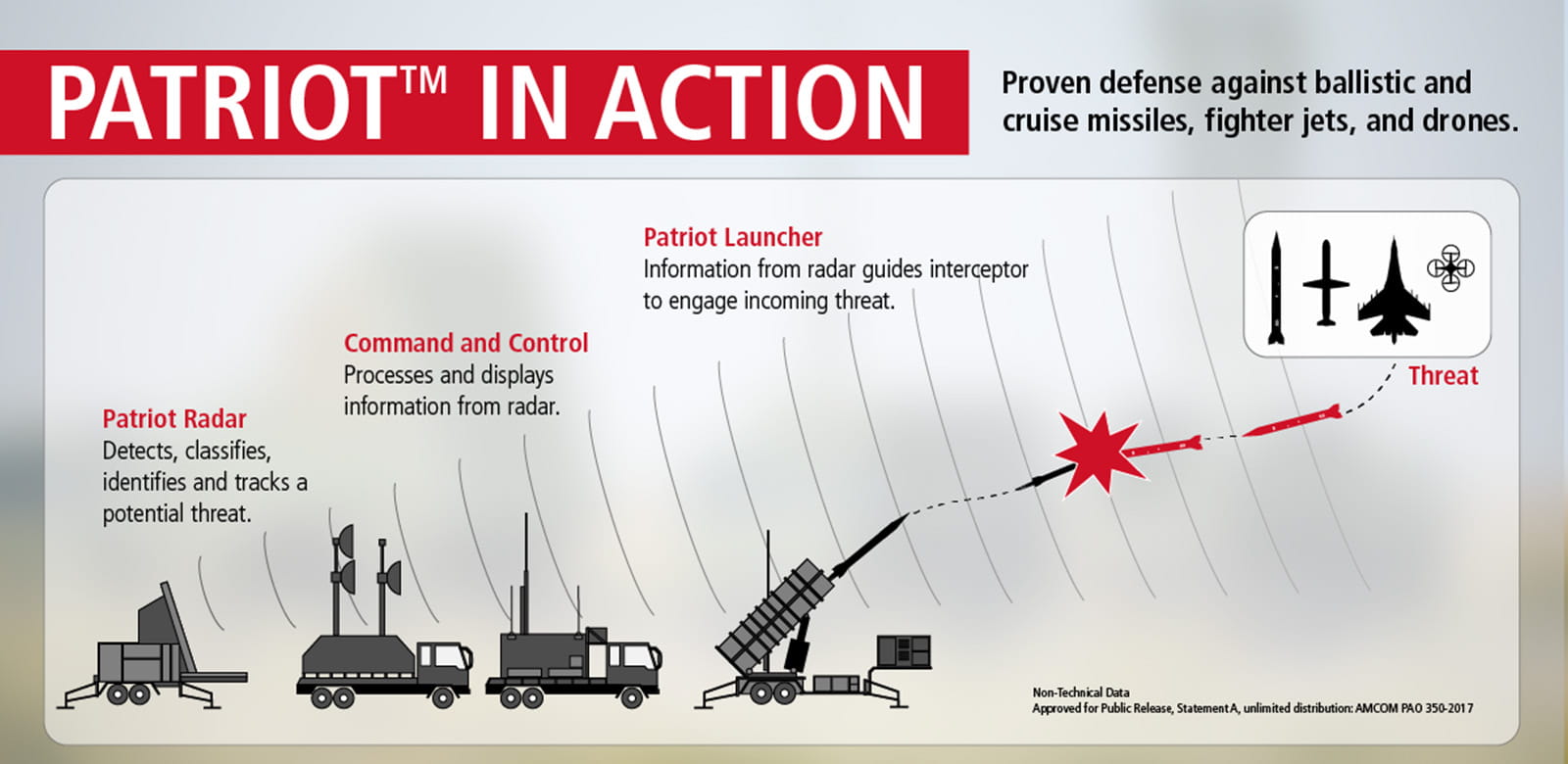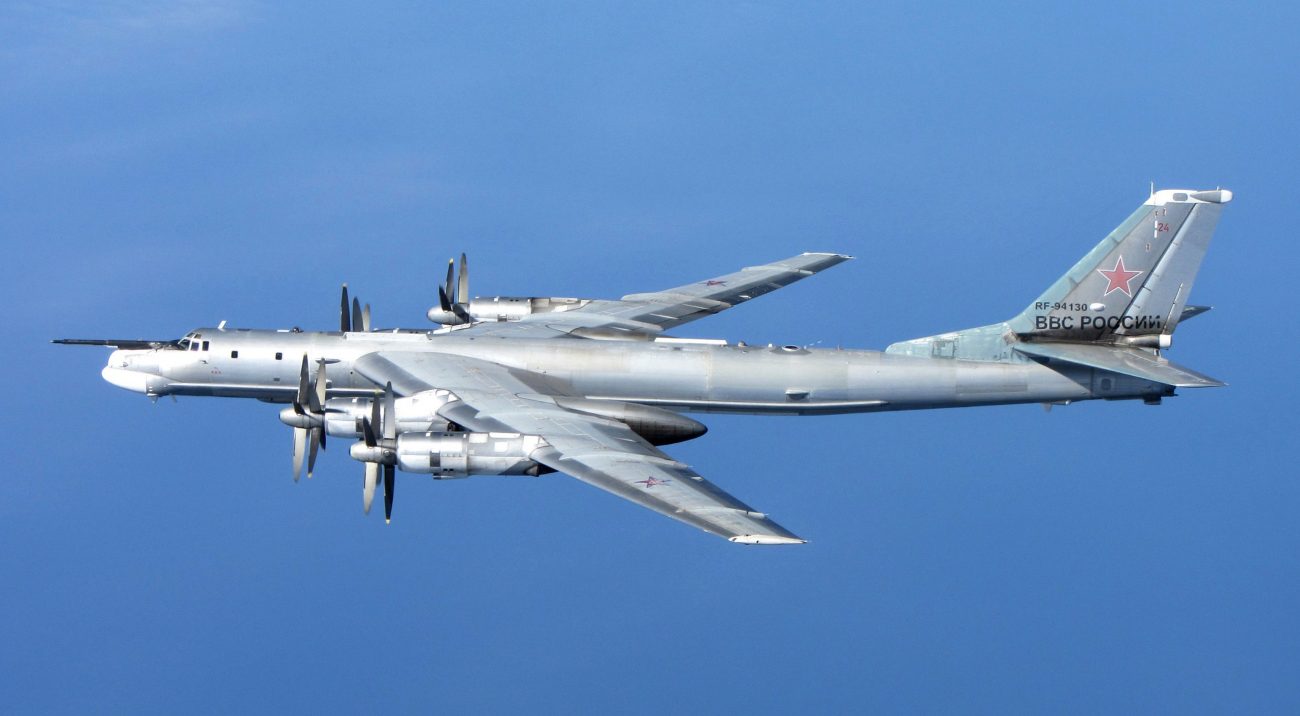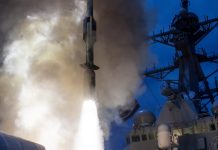Towards the end of April, Russian Aerospace Forces (RuAF) stopped their strikes on Ukrainian infrastructure, which were aimed at long-term reduction in Ukraine’s warfighting capability.
Instead, RuAF switched to interdicting Ukrainian supplies and troops being moved to the battlefront to degrade Ukraine’s ability to mount a counteroffensive.
In an analysis posted at the end of April, we explained how the RuAF had developed tactics and weapon systems to degrade Ukrainian offensive capability and counter the Ukrainian advantage accruing from the free flow of intelligence and targeting information from Western aerial ISR assets.
The Main Directorate of Intelligence of the Ministry of Defense of Ukraine today confirmed our analysis. According to the Directorate’s hyperbole-laden telegram post, “After the failure of the missile blitzkrieg in winter and early spring, when the Russians unsuccessfully tried to destroy Ukraine’s energy infrastructure and sow panic among society, the aggressor state changed its tactics.”
In an interview with Online.ua, a representative of the Directorate, Andriy Yusov, said, “The tactics of missile strikes [of the Russians] have changed. For the most part, it is aimed at complicating or disrupting the plans of the Ukrainian Security and Defense Forces regarding the further liberation of the occupied territories.”
Attacks Getting Fierce & Sophisticated
Since April, RuAF has been focusing on striking storage points of warfighting equipment and ammunition, as well as striking Ukrainian forces moving to the front at their staging points.
Initially, Russia’s interdiction of Ukrainian troops and supplies was sporadic. With time the interdiction has become continuous, fierce, and sophisticated.
Russia is using more advanced and sophisticated weapons. Russian use of non-stealthy and less lethal Kalibr missiles has reduced. In recent attacks, Russia has heavily relied on difficult-to-intercept low observable Kh-101 and Iskander-K cruise missiles and Iskander and Kinzhal quasi-ballistic missiles.
For example, according to Ukraine’s MoD, on May 29, Russia attacked Ukraine with 40 Kh-101/Kh-555 air-based cruise missiles launched from nine Tu-95ms strategic bombers and a total of 11 Iskander-M (ballistic) and Iskander-K cruise missiles.
The number of drones and missiles employed for each attack has steadily increased.
On Sunday night, according to TASS, “The air raid alert in Kyiv operated for more than five hours. As eyewitnesses told TASS, explosions were heard from midnight to six in the morning, fires broke out in different parts of the city.”
President Volodymyr Zelensky confirmed that the raid on May 28 night was one of the most massive attacks in the history of the special military operation. He said that 54 Geran-2 UAVs were simultaneously in the airspace of Ukraine.
Sophisticated Tactics
The tactics employed by Russian forces have become increasingly sophisticated. According to official Ukrainian sources, Russian UAVs fly at extremely low altitudes using waypoint navigation to arrive from different directions, confusing Ukrainian defenses.
The drones use swarm tactics and use terrain to mask their approach. According to the speaker of the Air Force of the Armed Forces of Ukraine, Yuriy Ihnat, the drones are controlled via satellites.
“They fly in groups, fly in different directions in batches, each drone has its own route, each UAV has GPS navigation, is controlled via satellite, so it can even fly in a circle, and in a certain time inflict a blow,” Ihnat said.
Russia is not just interdicting supplies and troops close to the battlefield, it’s interdicting supplies deep in the interior, in Western Ukraine. The authorities of the Lviv region on Sunday reported the arrival of six cruise missiles and ten strike UAVs in the region.
Increased Production of Defence Equipment
Russia’s ability to freely use its best weapons is facilitated by a several-fold increase in its production capacities across the spectrum.
While Ukrainian leadership has prepared for its counteroffensive by persuading its Western allies that it can win the war using their weapons and help in training and intelligence, the Russian leadership has focused on increasing domestic production of its weapon systems, improving their capabilities, and reducing their shortcomings.
The generous use of Geran-2 drones on Sunday suggests that Russia could be producing Geran-2 drones locally.
Attacks On Ukrainian Air Defence Missiles & Radars
Russia has been systematically degrading Ukrainian air defense capabilities in order to more freely strike Ukrainian targets, in proximity to the battlefront as well into the interiors of Ukraine.
RuMoD reported on May 26 that high-precision air-based missiles of the Russian Aerospace Forces destroyed 3 Ukrainian S-300 anti-aircraft missile radars, 1 OSA-AKM missile system, besides four air target detection radar stations.
Early morning on May 16, the Russian Aerospace Force (RuAF) unleashed a coordinated attack on the Patriot battery in Kyiv with Kinzhal hypersonic missiles.

On May 17, the RuMoD, based on reliable and confirmed information, reported that the Kinzhal missile system hit and completely destroyed a multifunctional radar station as well as five launchers of U.S.-manufactured Patriot surface-to-air missile system in Kyiv.
The US media countered the RuMoD claim stating that the Kinzhal missile had merely damaged the Patriot.
A comparison of the Satellite images of the Zhuliany airfield taken on May 15 and then on May 18 suggests that the Patriot battery was indeed destroyed during the attack on the night of May 16.
In the May 18 image, there are distinct arrival points with a radius of several tens of meters along a concrete parking lot next to the dugout position of the air defense system, as well as directly into one of the positions of the MIM-104F Patriot PAC-3 system.
Attacks on Ukrainian Airfields
RuMoD, on May 29, 2023, reported that the Russian Armed Forces launched a long-range air-based high-precision weaponry strike against the enemy targets at the airfields.
“The goal of the attack has been reached. All the assigned targets have been neutralized.”
“As a result of the strike, the AFU command posts and radar stations, as well as aircraft and ammunition depots, have been hit.”
Russia reportedly struck the Starokostiantyniv Air Base, which is five kilometers from the city of the same name in the Khmelnytsky region. The base is home to the 7th Tactical Aviation Brigade flying Sukhoi Su-24 M, Sukhoi Su-24 MR, and Aero L-39C Albatros aircraft. Starokonstantinov airfield,
The Khmelnytsky OVA reported about the hit of Russian missiles on the military airfield. According to the administration, as a result of the attack on the military airfield, five aircraft, and a fuel & ammunition depot were put out of action, and the runway was seriously damaged.
Starokostiantyniv Air Base is an important Ukrainian Air Force asset. In September 2021, the airfield was reportedly certified according to NATO standards. Assistance in modernization and reconstruction was provided by the United States. As part of the work, the airfield was re-equipped, navigation equipment was installed, and the runway was repaired.
On May 2, Ukrainian Defense Minister Oleksii Reznikov, following his meeting with British Defense Secretary Ben Wallace, tweeted a composite image of a Su-24MR, with tail no 60, carrying a Storm Shadow missile on its right wing glove pylon.
The Su-24MR is a reconnaissance variant of the Su-24M. The number of Su-24MRs in Ukrainian inventory at the start of the war is speculated to be 10. It’s believed that 4 Su-24MRs have since been lost in the conflict.
Effectively, Reznikov revealed that Ukraine now has just 6 Storm Shadow launch platforms in service! The revelation wasn’t smart unless it was disinformation.
It is now being speculated that Reznikov may also have unwittingly revealed the base from which the Su-24M fighter-bombers are operating because the Su-24M also displays the emblem of the 7th AFU Tactical Aviation Brigade, which is based at Starokostiantyniv air base.
Attack on Decision-Making Centers
On Sunday, May 29, Russia focused on attacking Ukrainian decision-making centers.
According to RuMoD, Russia struck central decision-making points where Ukrainians were planning terror attacks against Russia under the guidance of Western intelligence experts.
As mentioned earlier in this analysis, according to official Ukrainian sources, Russia struck using 40 Kh-101/Kh-555 air-based cruise missiles launched from nine Tu-95ms strategic bombers and 11 Iskander-M and Iskander-K missiles.

According to Dmitry Peskov, press secretary of the Russian President, the Ukrainian drone strike on Moscow on May 30 was a retaliation to Russia’s strikes on Ukrainian decision-making centers.
According to RuMoD, the Ukrainian drone attack comprised eight fixed-wing drones. All were downed. Three were suppressed by EW, lost control, and deviated from their intended targets. The remaining five were shot down by the Pantsir-S in the Moscow region.
Conclusion
Russia has mounted a systemic and sustained military campaign to erode Ukraine’s ability to mount a counteroffensive.
Using their best weapons, Russian forces are interdicting supplies for troops along the battlefront, eliminating reserves at staging points, degrading Ukrainian air defenses, degrading Ukrainian Air Force strike power by eliminating Storm Shadow storage points and Su-24MR launch platforms and degrading Ukraine’s ability to use Western intelligence by attacking Ukrainian decision centers.
Ukraine, too, has been attacking Russian warfighting ability. Additionally, it has focused on displaying pluck through strikes deep in Russian territory, using locally manufactured weapon systems.
Using open-source information, it is difficult to categorically assess the effectiveness of the Russian or Ukrainian military campaigns because of the fog of war. Ukrainian strikes into Russia, however, have little military value. Going by video footage posted on social media platforms, Russia’s campaign appears to be more effective.
If Russia’s campaign has been effective, Ukraine may have already lost its ability to mount a counteroffensive.
- Vijainder K Thakur is a retired IAF Jaguar pilot. He is also an author, software architect, entrepreneur, and military analyst. VIEWS PERSONAL
- Follow the author @vkthakur





